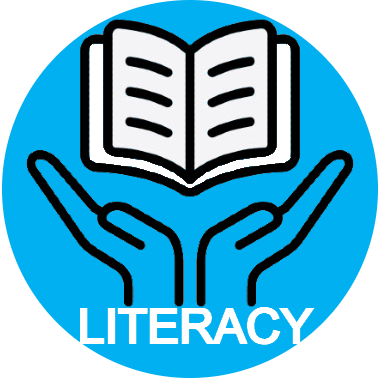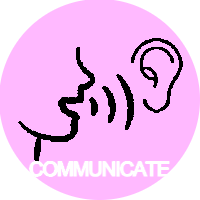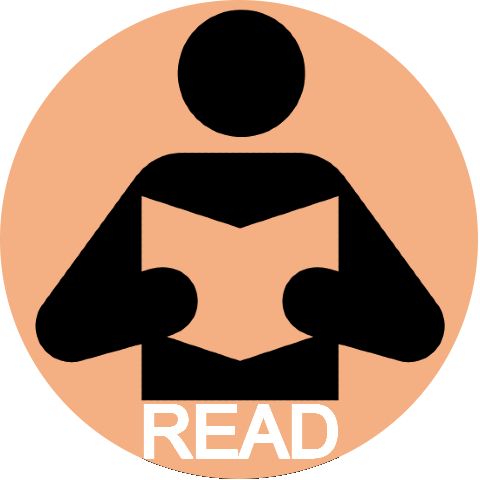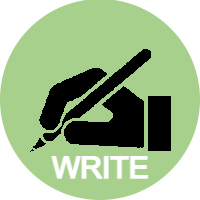BPS District English Standards Book
Completion requirements
K-12 Grade Levels
Grade 03
 The 3rd Grade ELA BPS-prioritized standards were selected to equip your child towards becoming a confident and independent reader and writer!
The 3rd Grade ELA BPS-prioritized standards were selected to equip your child towards becoming a confident and independent reader and writer!
Third grade is a year of remarkable growth in reading and writing! Your child will become a more sophisticated reader, tackling a wider range of texts with fluency and understanding. They'll learn to ask deeper questions about stories and informational texts, using evidence from the text itself to support their ideas. They'll master summarizing key points, both in fiction and non-fiction, and become experts at using text features to unlock new information. As writers, they'll craft well-organized paragraphs with clear beginnings, middles, and ends, using a variety of sentence structures to express themselves creatively. Get ready to be impressed by their ability to write different kinds of sentences, from informative statements to compelling questions! This is the year your child takes a giant leap toward becoming a confident and independent communicator!
Note: Standards Identifiers auto-link to popup a detailed description and links to Proficiency Scales with Prioritized Standards Identifiers being highlighted a sky-blue.
ELA-03.F (F) Foundations of Literacy
- standards are mastered in first grade.
- standards are mastered in first grade.
- ELA-03.F.08 Decode words with phoneme-grapheme correspondences:*
- ELA-03.F.09 Encode words with phoneme-grapheme correspondences:*
- ELA-03.F.10 Determine the meaning of multiple-meaning words and phrases, choosing from a range of strategies with varying texts.
- ELA-03.F.11 Use new academic, content-specific, grade-level vocabulary to make connections to previously learned words and relate new words to background knowledge.
- ELA-03.F.12 Read accurately and automatically a variety of third-grade texts with expression, phrasing, purpose, and understanding.*
- ELA-03.F.13 mastered in second grade
- ELA-03.F.14 Write an organized paragraph with a topic sentence, supporting sentences, and a conclusion.
ELA-03.C (C) Communication
- ELA-03.C.01 Report relevant facts and descriptive details of a topic, text, story, or experience for a targeted audience.
- ELA-03.C.02 Speak in complete sentences using proper eye contact and volume to express thoughts, feelings, and ideas.
- ELA-03.C.03 is a K-2 standard
- ELA-03.C.04 Use grade-appropriate conversational, general academic, and domain-specific words and phrases.
- ELA-03.C.05 begins in sixth grade
- ELA-03.C.06 Engage in conversations by asking and answering questions using active listening skills.
- ELA-03.C.07 Engage collaboratively by following agreed-upon rules.
ELA-03.R (R) Reading
- ELA-03.R.01 Comprehend information during and after listening to a grade-level text.*
- ELA-03.R.02 Ask and answer questions about key details before, during, and after reading a variety of genres, literary, and informational texts using text evidence to compare, contrast, predict, and infer.*
- ELA-03.R.03a Summarize the main idea(s) with supporting details during or after reading an informational text or passage.*
- ELA-03.R.03b Summarize the story by including major story elements after reading a literary text or passage.*
- ELA-01.R.04 begins in fourth grade. The main idea is taught in grades K-3 in standard R.3a.
- ELA-03.R.05 Determine the meaning of unknown and multi-meaning words within a text.*
- ELA-03.R.06 Use text features and previously learned text features to read and understand a text or passage.*
- ELA-03.R.07 Identify examples of literary devices:
- ELA-03.R.08 Analyze a variety of fiction and poetry texts.
- ELA-03.R.09 Determine the most important points and key details presented in two nonfiction texts on the same topic.
ELA-03.Wr (Wr) Writing
- ELA-03.Wr.01 Produce writing that is organized appropriately to the task, purpose, or audience.*
- ELA-03.Wr.02 Write using an organizational structure incorporating a topic sentence, body, and a concluding statement appropriate to the task.*
- ELA-03.Wr.03 Write organized informative pieces that include factual details on the topic.
- ELA-03.Wr.04 Write organized opinion pieces on a topic using evidence to support the opinion.
- ELA-03.Wr.05 Write narrative pieces that describe a well-elaborated real or imagined event in a sequence that unfolds naturally.
- ELA-03.Wr.06 Develop and strengthen writing utilizing the five steps appropriate to the task and purpose.
- ELA-03.Wr.07 Write with intentional word choice that integrates emotion and descriptive language to develop visual imagery for the reader.
- ELA-03.wL.01 Compose simple and compound declarative, interrogative, imperative, and exclamatory sentences.*
- ELA-03.wL.02 Recognize and use parts of speech in sentences:*
ELA-03.IR (IR) Inquiry and Research
(IR) Customize to Gr
- ELA-03.IR.01 Choose a topic of interest to research.
- ELA-03.IR.02 Locate relevant information on a topic from a provided credible source or database.
- ELA-03.IR.03 Use organizational tools to track information from a provided credible source relevant to a topic.
- ELA-03.IR.04 Identify a fact or an opinion based on information provided by the author.
- ELA-03.IR.05 begins in fourth grade.






